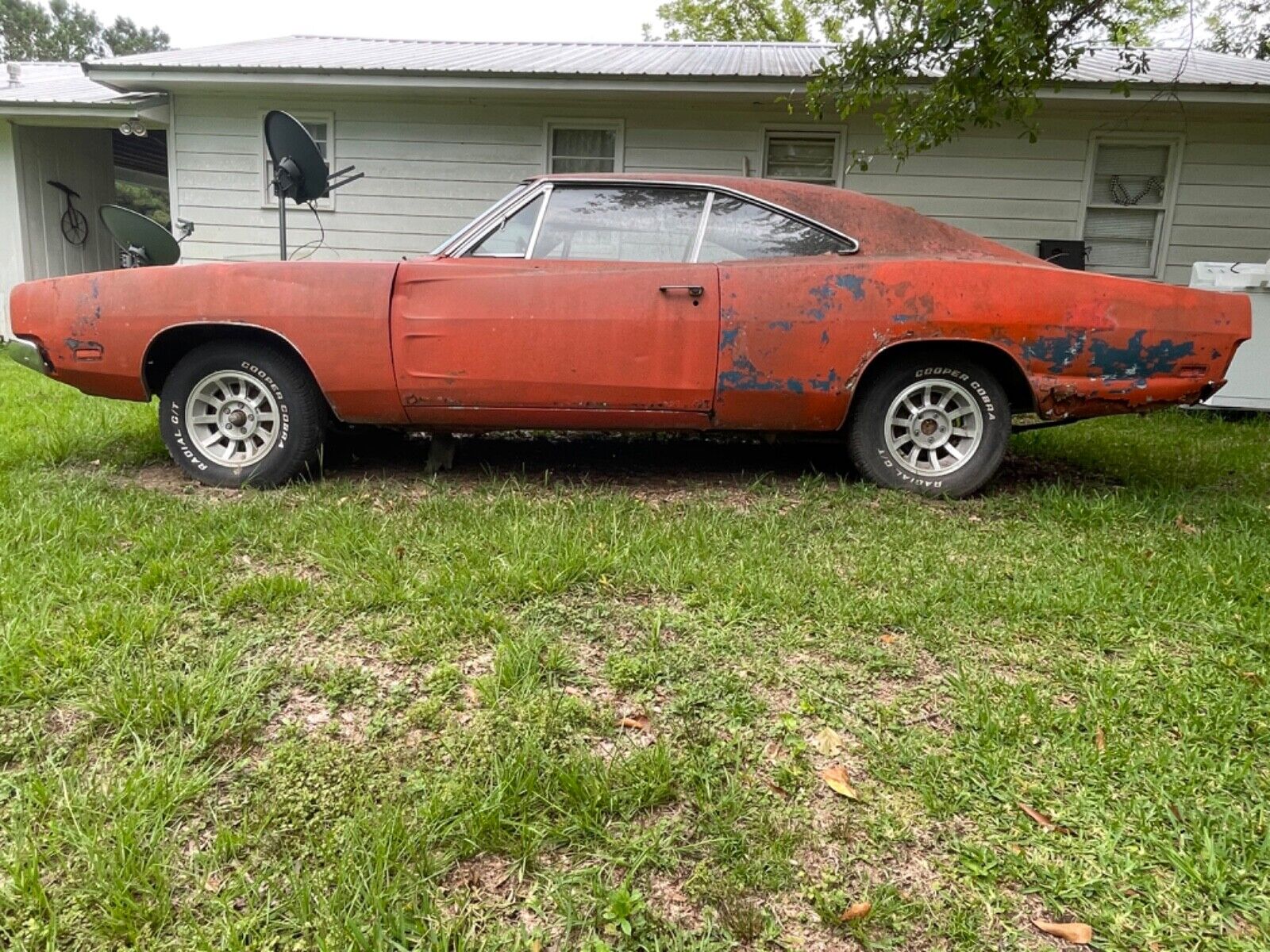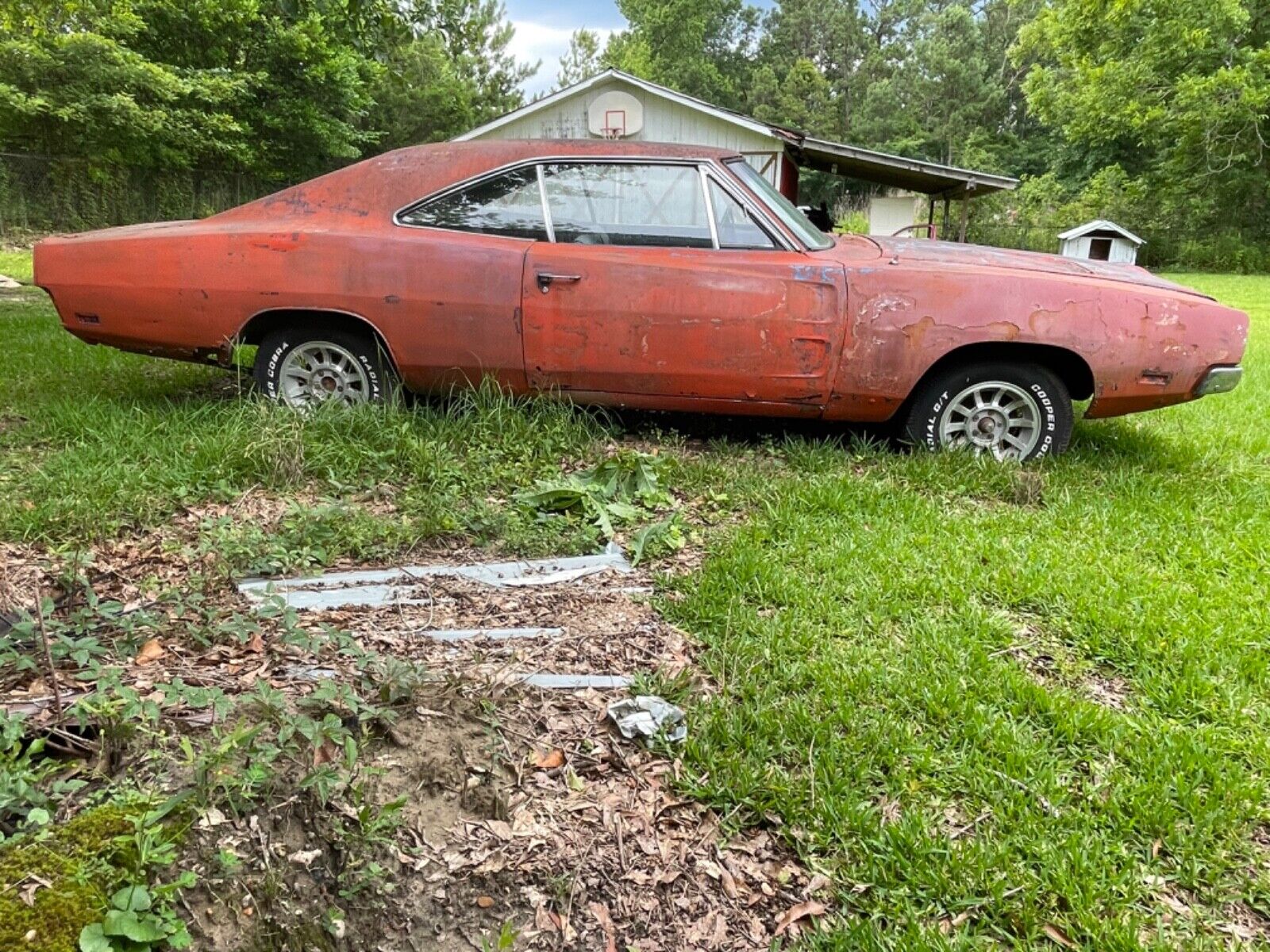Introduced in 1966, the original Dodge Charger soldiered on until 1978. But not all iterations are prized collectibles nowadays. Mopar gearheads are usually after the 1966-to-1971 versions, mainly because they were sold with the greatest high-performance V8 engines Chrysler had to offer during the golden muscle car era.The 426-cubic-inch (7.0-liter) HEMI is obviously the most desirable.
Built in limited quantities and rated at 425 horsepower, it turns the heavy Charger into a quick quarter-mile runner and a six-figure collectible. Then there’s the 440-cubic-inch (7.2-liter) RB, available in four- and six-barrel forms. The former came with 375 horsepower on tap, while the latter generated 390 horses.
I should also mention the 383-cubic-inch (6.3-liter) V8. While less powerful and desirable than the 440 and 426, the 383 big-block has become significantly more desirable in recent years, especially in the four-barrel configuration.

But these weren’t the only mills available in the Charger at the time. Looking to offer more affordable options to those who weren’t in the market for a hot rod, Dodge also dropped a 318-cubic-inch (5.2-liter) V8 and a pair of six-cylinder units in the fastback. And what many people don’t know is that the “slant-six” cars are among the rarest Chargers ever made.
How so? Well, the 225-cubic-inch (3.7-liter) inline-six was rated at only 145 horsepower. In an era when most drivers were chasing big V8s in muscle cars, the “slant-six” was anything but desirable. Introduced in 1968 as a replacement for 318 V8 in the base model, the 225 found its way in only around 900 Chargers. Sales dropped to only 500 units in 1969 and around 300 examples in 1970.
Granted, the “slant-six” is not as rare as the 426 HEMI, but given the survival rate of these cars after more than 50 years, there can’t be many of them still in one piece left. Remember the 1970 example I showed you in May 2023? Well, it’s time to look at another one of these rare six-cylinder rigs. This time around, it’s a 1969 version in far worse condition.
Located in Coffeeville, Alabama, this Mopar left the assembly line with a B5 Blue paint job. But one previous owner got bored of that shade and resprayed it red (or maybe orange?). Unfortunately, the Charger also ended up sitting for a very long time, so now it has quite a few rust issues to complain about. Additionally, the interior will need a lot of work and a long list of replacement parts to become usable again.

There’s some good news under the hood, though, as the 225 “slant-six” still occupies the space between the front fenders. It doesn’t look like it ran recently, but it appears complete. It mates to a three-speed manual with its original on-the-column position switched to a floor shifter. Interestingly enough, the latter sits between a pair of front bucket seats. Weren’t these base cars sold with bench seats in 1968?
Anyway, it’s one of those cars that’s probably not worth restoring relative to its potential market value. Because while the “slant-six” may be rare, it’s neither desirable nor valuable nowadays. But I still hate seeing it like that and would love to see it back on the road for the novelty of the 225 inline-six. If it’s the kind of project you’ve been looking for, the Mopar is being auctioned off as we speak. Bidding has reached $6,100 with six days to go, showing a “reserve not met” status and a “buy it now” price of $30,000. Yup, that’s quite expensive for a non-V8 Charger in this condition.
If you’re not a fan of the “slant-six,” the seller also included a low-mileage 440 V8 (unknown specs but sourced from an RV), a 727 automatic transmission, and some additional hardware. What do you think? Is this 1969 Charger worth saving, or should it be dismantled for spare parts? Let me know in the comments below.
